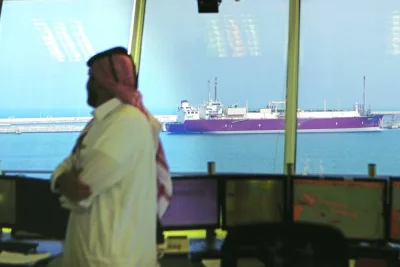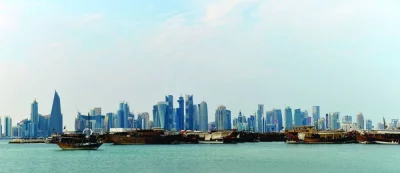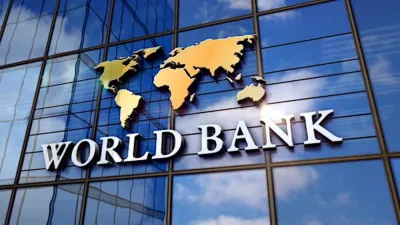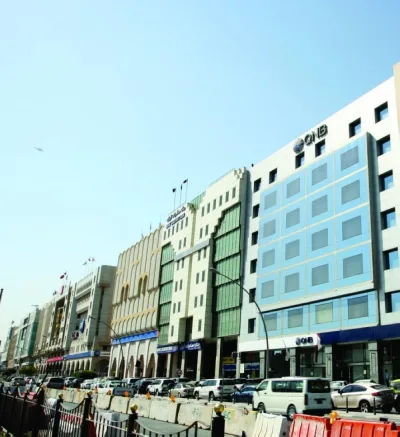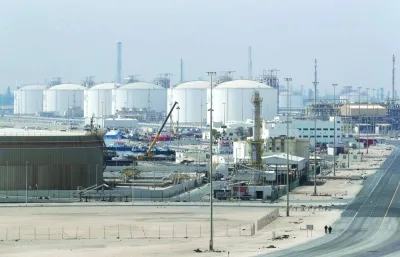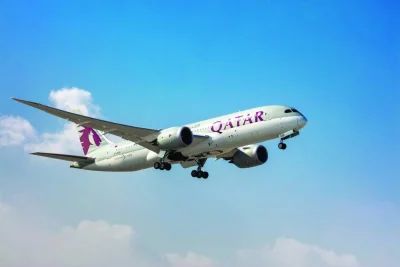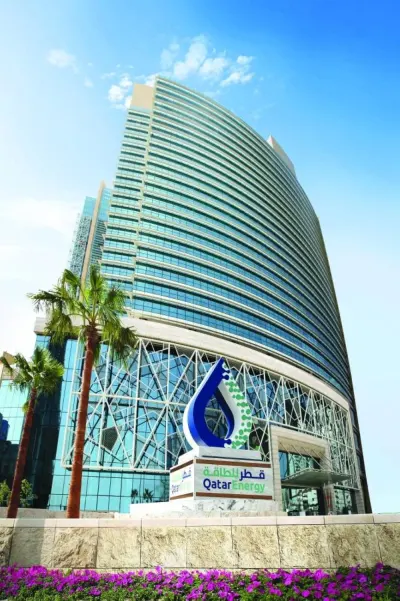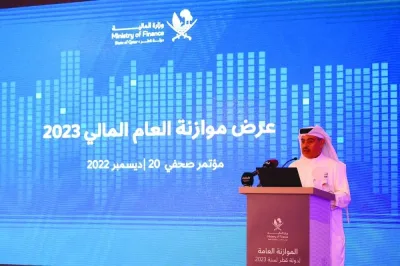QatarEnergy made significant strides in realising the North Field Expansion by choosing partners this year for both North Field South (NFS) and North Field East (NFE) expansion, which is the global industry’s largest ever LNG project.This unique project is characterised by the highest health, safety, and environmental standards, including carbon capture and sequestration, to reduce the project’s overall carbon footprint to the lowest levels possible.The North Field expansion plan includes six LNG trains that will ramp up Qatar’s liquefaction capacity from 77 mtpy per year to 126 mtpy by 2027.Four trains will be part of the North Field East and two trains will be part of North Field South project.In January this year, QatarEnergy announced the awarding of a major Engineering, Procurement, Construction, and Installation (EPCI) Contract for the offshore scope of its North Field Expansion Project to McDermott Middle East Inc.The scope for the awarded contract includes some 13 normally unmanned wellhead platforms topsides (eight for NFE and five for NFS), in addition to various connecting pipelines and the shore approaches for the NFE pipelines, beach valve stations and buildings.In March, His Highness the Amir Sheikh Tamim bin Hamad al-Thani inaugurated the Barzan Gas Plant at a special ceremony held at Ras Laffan Industrial City.The Barzan Gas Plant will produce and process natural gas from the North Field to serve the requirements of local power generation and water desalinisation.It will also produce associated hydrocarbon products for supply to local refinery and petrochemical industries as well as for export to international markets.In the same month, QatarEnergy’s updated Sustainability Strategy set aggressive targets by capturing in excess of 11mn tonnes of CO2 annually in the country by 2035.QatarEnergy’s Sustainability Strategy outlines multiple initiatives to reduce greenhouse gas emissions, including flagship projects such as the further deployment of carbon capture and storage (CCS) technology.These projects will further reduce the carbon intensity of Qatar’s LNG facilities by 35% and of its upstream facilities by at least 25% (compared to previous targets of 25% and 15%, respectively) bolstering Qatar’s commitment to responsibly supply cleaner LNG at scale in support of the energy transition.In April, Industries Qatar (IQ) and Mesaieed Petrochemical Holding (MPHC) gave their approval to Qatar Vinyl Company (QVC) for a new PVC (polyvinyl chloride) project with 350,000 tonnes per annum capacity at an estimated cost of $239mn.In the same month, QatarEnergy signed a series of time-charter parties (TCPs) with a subsidiary of Mitsui O.S.K Lines (MOL) for the long-term charter and operation of four LNG ships, constituting the first batch of TCPs awarded under QatarEnergy’s massive LNG shipping programme.In April, a joint venture between Técnicas Reunidas SA (TR) and Wison Engineering (Wison) was also selected as the EPC contractor and awarded a lump-sum contract by QatarEnergy for the expansion of the sulfur handling, storage, and loading facilities within Ras Laffan Industrial City.In June and July, the $29bn North Field East (NFE) expansion, the single largest project in the history of global LNG industry, saw QatarEnergy joining hands with five global energy companies – TotalEnergies, Shell, ExxonMobil, Eni and ConocoPhillips.The five partners of QatarEnergy in the prestigious project were chosen through a competitive process that started in 2019, which will expand Qatar’s LNG export capacity from the current 77mn tonnes per year (mtpy) to 110 mtpy by 2026.While it was Eni’s first entry ever into Qatar’s upstream sector, the four other global energy companies - TotalEnergies, ExxonMobil, Shell and ConocoPhillips - have been QatarEnergy’s partners in the energy industry for many years.The multi-billion dollar North Field Expansion, the largest LNG development in global history, will generate substantial revenues for Qatar and hugely contribute to the country’s GDP, noted HE the Minister of State for Energy Affairs Saad bin Sherida al-Kaabi.The North Field expansion, comprising North Field East (NFE) and North Field South (NFS), will provide significant benefits for all sectors of the Qatari economy during the construction phase and beyond, al-Kaabi said in reply to a question by Gulf Times at a media event at QatarEnergy headquarters in June.In July, Dolphin Energy marked 15 years of operations after recording the first gas flow from Qatar to the UAE on July 10, 2007.Dolphin Energy’s major strategic initiative, the Dolphin Gas Project, involves the production and processing of natural gas from Qatar’s North Field, and transportation of the dry gas by sub-sea export pipeline from Qatar to the UAE, which began in July 2007.In August, QatarEnergy awarded the engineering, procurement and construction (EPC) contract to Samsung C&T for its QR2.3bn industrial cities solar power project (IC Solar).This project includes two large scale photovoltaic (PV) solar power plants to be built in Mesaieed Industrial City (MIC) and Ras Laffan Industrial City (RLIC) and is expected to start electricity production by the end of 2024.In September, QatarEnergy announced that it selected TotalEnergies as the first international partner in the multi-billion dollar North Field South (NFS) expansion project.In the same month, QatarEnergy signed a memorandum of understanding (MoU) with General Electric (GE) to collaborate on developing a carbon capture roadmap for the energy sector in Qatar.In October, QatarEnergy chose Shell as its second international partner in the North Field South (NFS) expansion project.In October HE the Minister of State for Energy Affairs Saad bin Sherida al-Kaabi, also the President and CEO of QatarEnergy, received the 2022 ‘Energy Executive of the Year’ award, which was presented to him by Energy Intelligence in London.In October, QatarEnergy announced an oil discovery in the 4-BRSA-1386D-RJS well in Brazil's world class Sepia oil field, which is located in the prolific Santos Basin in water depths of about 2,000 meters off the coast of Rio de Janeiro.In October, Qatar’s first and one the region’s largest solar plants was inaugurated by His Highness the Amir Sheikh Tamim bin Hamad al-Thani at Al Kharsaah.The multi-billion dollar 800MW Al Kharsaah Solar PV Power Plant (KSPP) was constructed on a 10sq km land area and can provide the national grid with about 10% of peak electricity demand.In the same month, QatarEnergy announced the signing of a share sale and purchase agreement with Qatar Electricity and Water Company (QEWC) to acquire QEWC’s 49% interest in Siraj Energy, which would result in Siraj Energy becoming a wholly-owned affiliate of QatarEnergy, subject to customary approvals.October also saw QatarEnergy selecting ConocoPhillips as its third and final international partner in the North Field South (NFS) expansion project, which comprises two LNG mega trains with a combined capacity of 16 mtpy.In October, His Highness the Amir Sheikh Tamim bin Hamad al-Thani issued Amiri Decision No 48 of 2022 on restructuring the QatarEnergy Board of Directors.The decision stipulated that the QatarEnergy Board of Directors would be reconstituted with His Highness the Deputy Amir Sheikh Abdullah bin Hamad al-Thani as Chairman.In October, Affiliates of QatarEnergy and ExxonMobil have agreed to independently offtake and market their respective proportionate equity shares of LNG produced by the Golden Pass LNG Export Project located in Sabine Pass, Texas, the US.In November, QatarEnergy announced a successful bid for Parcel 8 of the Orphan Basin, offshore the province of Newfoundland and Labrador in Canada, expanding its North American footprint.In the same month, QatarEnergy entered into a 27-year Sale and Purchase Agreement (SPA) with China Petroleum & Chemical Corporation (Sinopec) for the supply of 4mn tonnes per year of LNG to the People's Republic of China.In November, QatarEnergy and Chevron Phillips Chemical Company (CPChem) announced they have taken a Final Investment Decision (FID) on the Golden Triangle Polymers Plant, an $8.5bn world-scale integrated polymers facility in the Texas Gulf Coast area in the US.In November, Qatar’s first long-term LNG supply deal with Germany was announced with QatarEnergy signing two LNG sale and purchase agreements (SPAs) with ConocoPhillips affiliates for the delivery of up to 2mn tonnes per year for at least 15 years.This month, QatarEnergy and Japan’s Qatar Petroleum Development Company (QPD) signed a new agreement for the continued development and production of the Al-Karkara and A-Structures oil fields, located in the territorial waters of Qatar.Also in December, QatarEnergy, in a consortium with TotalEnergies and Petronas, has been awarded the Agua-Marinha Production Sharing Contract (PSC), under the 1st Cycle Permanent Offer round, by Brazil’s National Agency of Petroleum, Natural Gas, and Biofuels (ANP).




